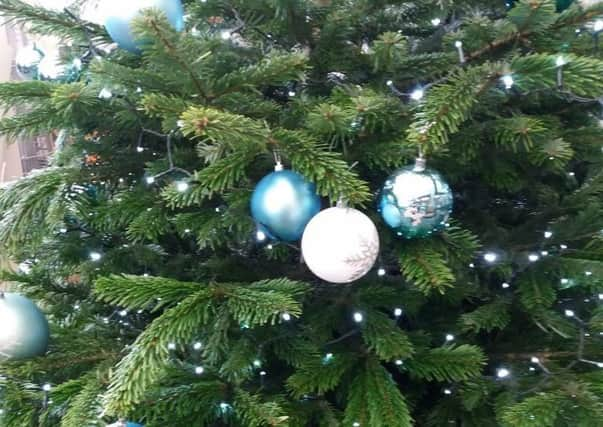Don't be needled by Christmas tree drops


Gone are the days of limited choice when we had to settle for either a Norway spruce (Picea abies) that covered the carpet in needles or an artificial specimen which looked just that.
Now there’s a wider choice of natural coniferous species, plus innovative ways of encouraging them to hold on to their needles.
Advertisement
Hide AdAdvertisement
Hide AdArtificial trees have benefitted greatly from developing technology. Although far from cheap, it is becoming difficult to distinguish between them and natural counterparts.
Living conifers, standing in large pots and actively growing, are becoming popular. The price reflects their potential life-span in years, given reasonable treatment. They are occasionally bought to mark an event that coincides with Christmas; a birth or anniversary perhaps.
Treat your tree as you would any indoor potted plant, which means a position of good light in a cool room, with water as required.
Once the feasting is over, it needs to go outside where it’s quite capable of taking winter in its stride. Choose a spot that catches some sunlight and will be occupied for almost a year. Plant the tree in its pot to restrict root growth so the container is just covered by soil, and don’t forget to water. As next Christmas approaches, you can lift the tree, pot and all, trim off excess roots and enjoy the encore.
Advertisement
Hide AdAdvertisement
Hide AdChristmas trees are grown as a commercial crop and represent a renewable resource. If, after the main event, they are taken to be shredded, then on to use in composting, mulches or pathways, there is no waste.
This fellow is, therefore, fine with buying a felled tree, but which one? And how is it treated?
The Caucasian or Nordman fir (Abies nordmanniana) is famed for needle retention, whereas the Norway spruce and others suffer loss in a warm room. Consequently, the Nordman costs more per metre.
However, any chopped conifer can be encouraged to retain its needles by treating it as you would a cut flower.
Advertisement
Hide AdAdvertisement
Hide AdMake a fresh cut, 4cm from the stem (trunk) base to expose active cells, and plunge it into water.
Cut trees need support and water so buy a clamp with a reservoir and keep it topped-up. As a general guide, the 2m tree will absorb up to half a litre per day. More water can be lost in a warm room so check the level daily and keep an estimated 20,000 needles happy and on board.